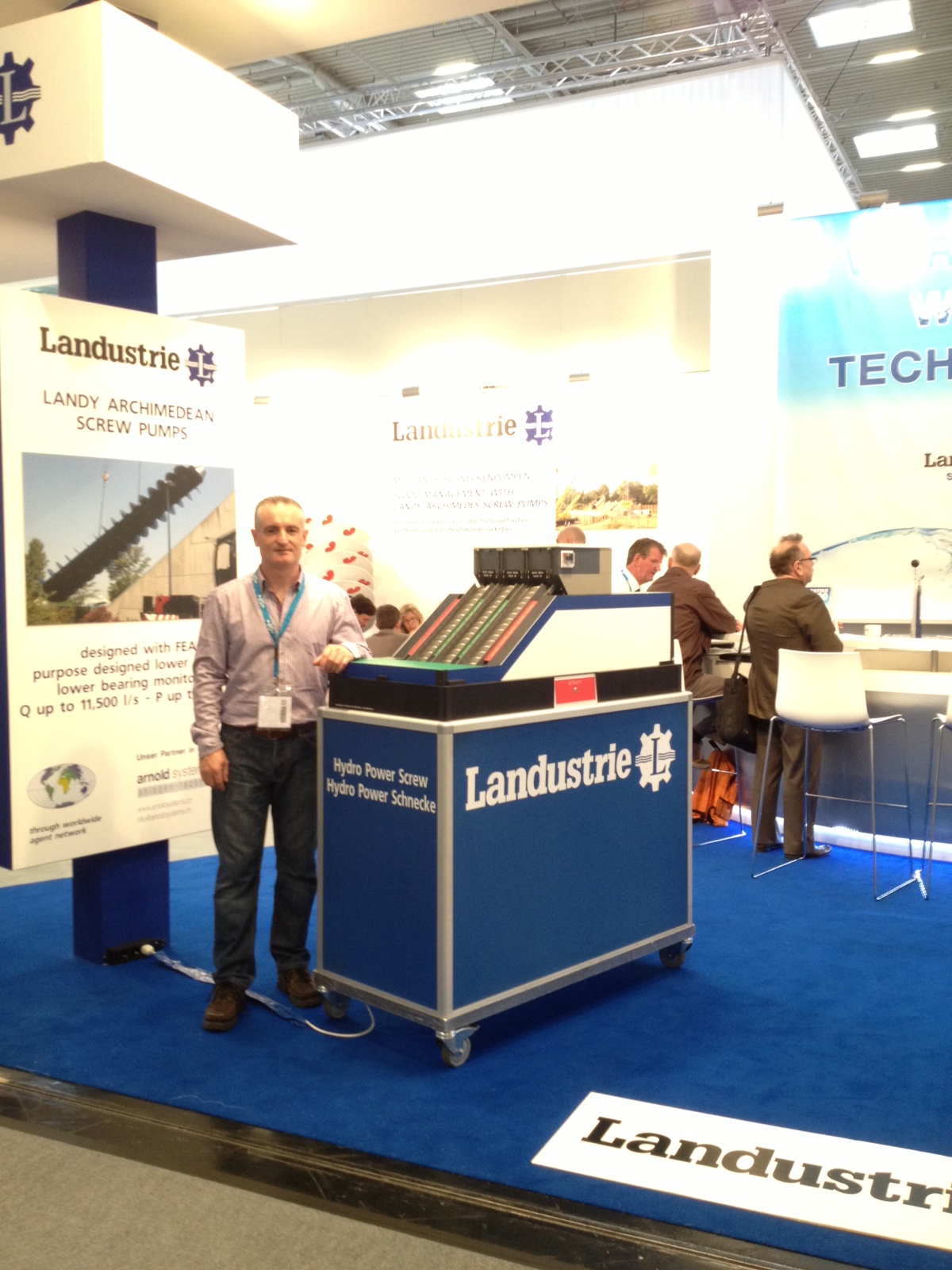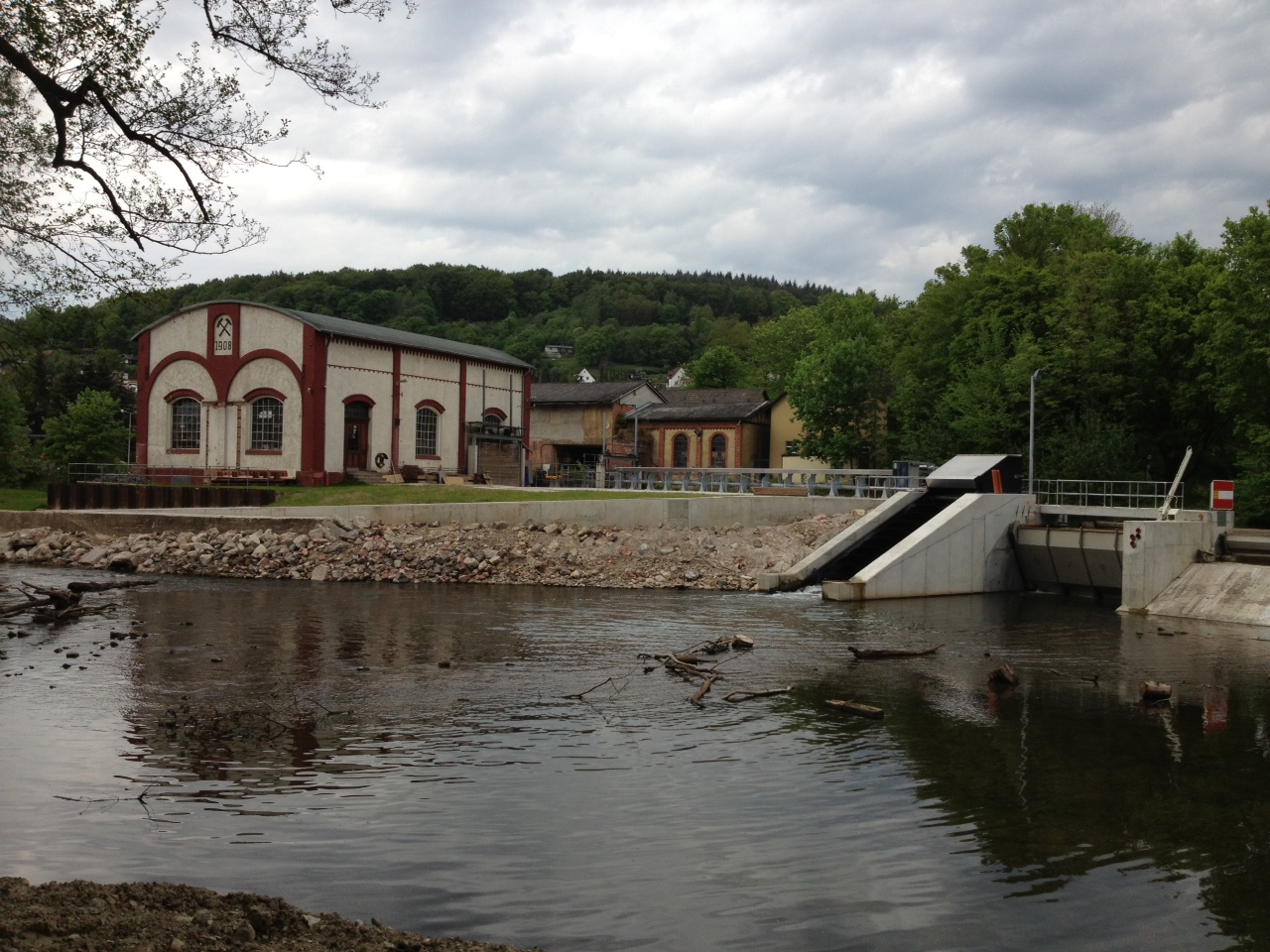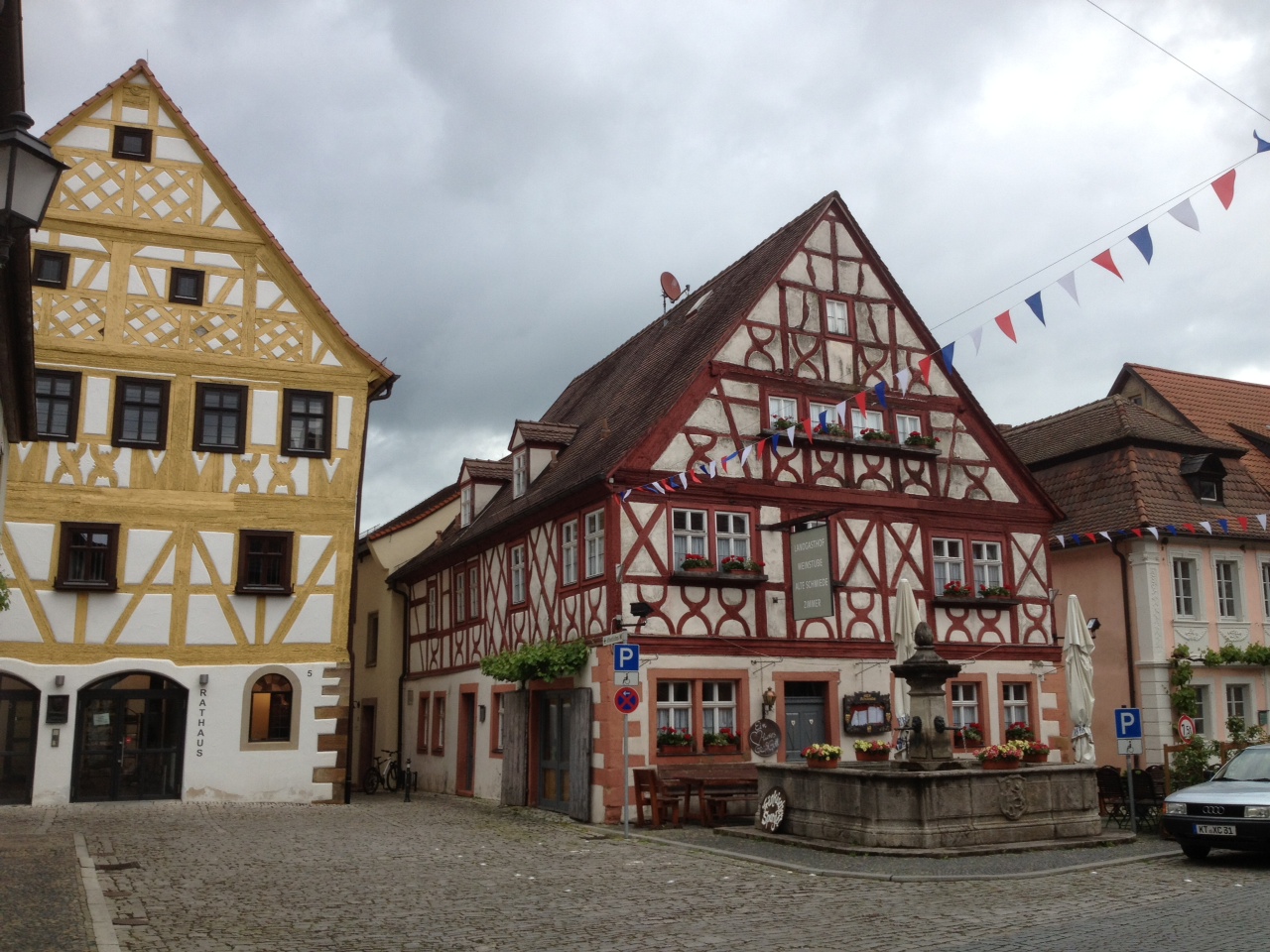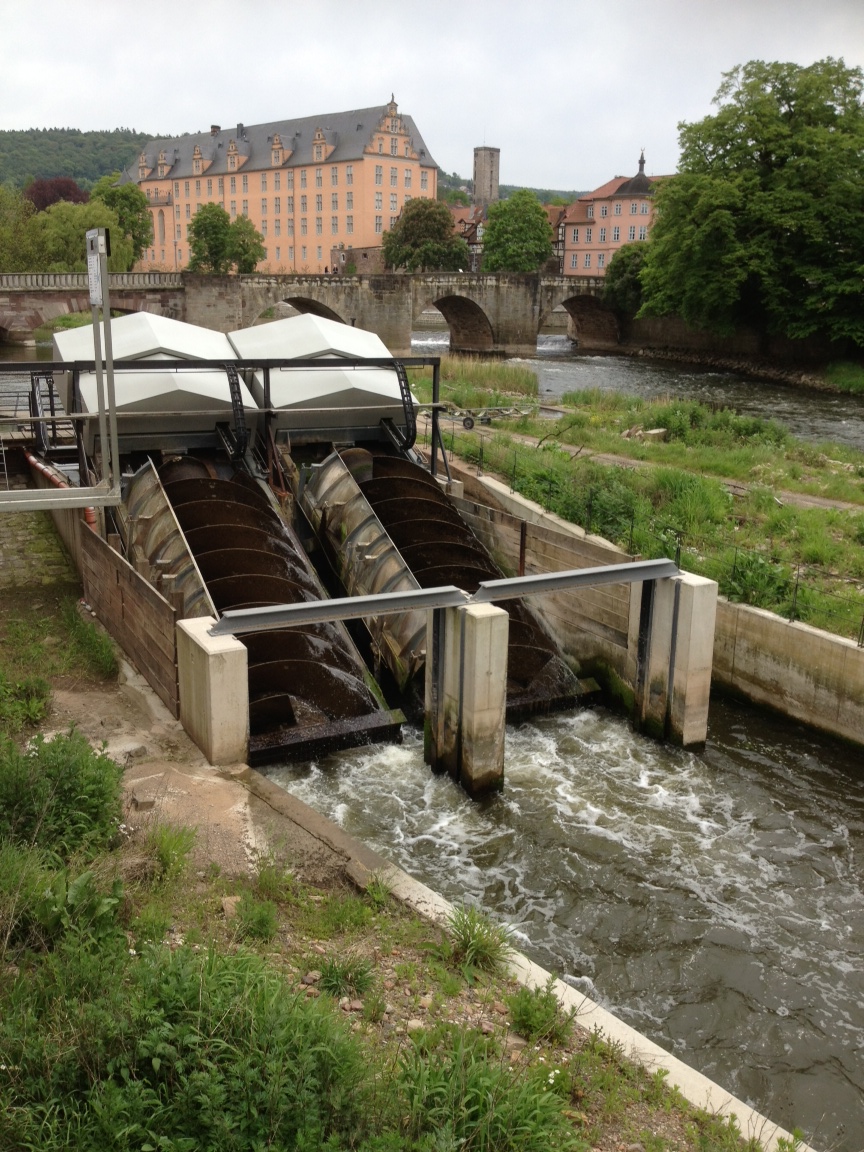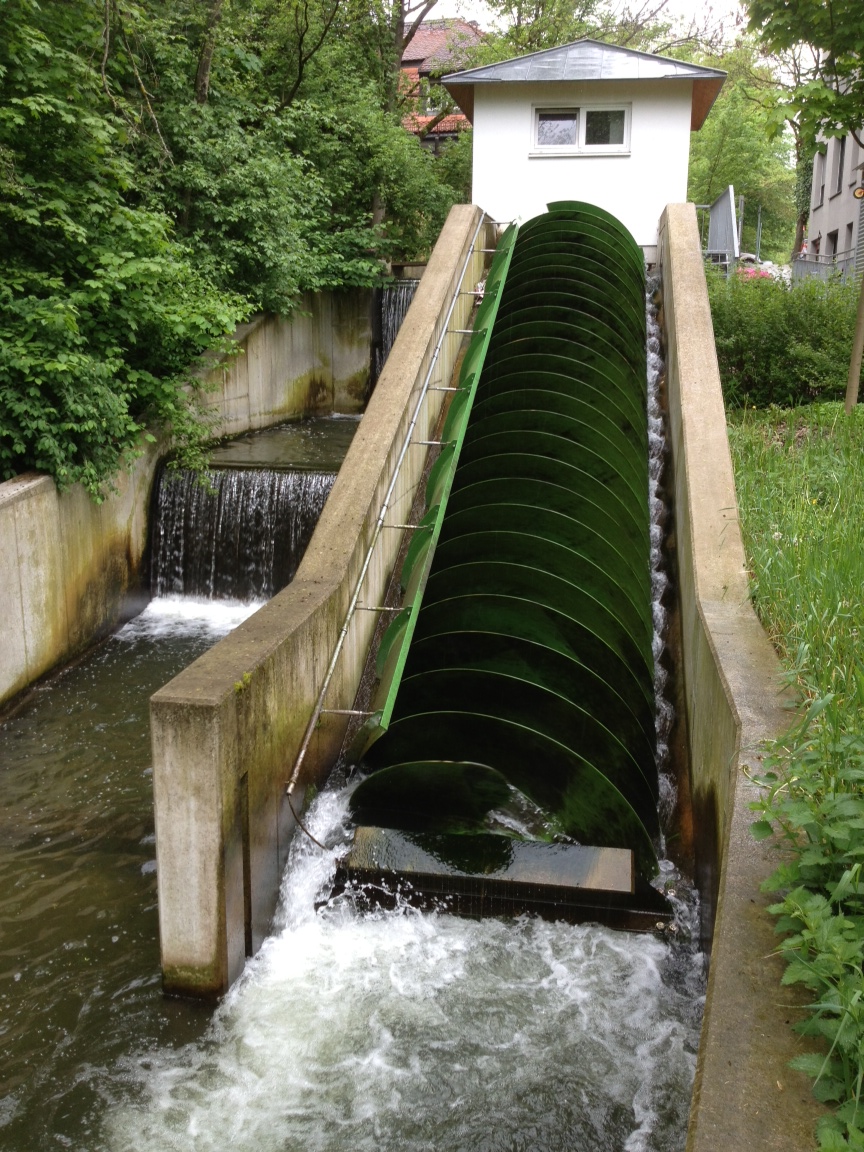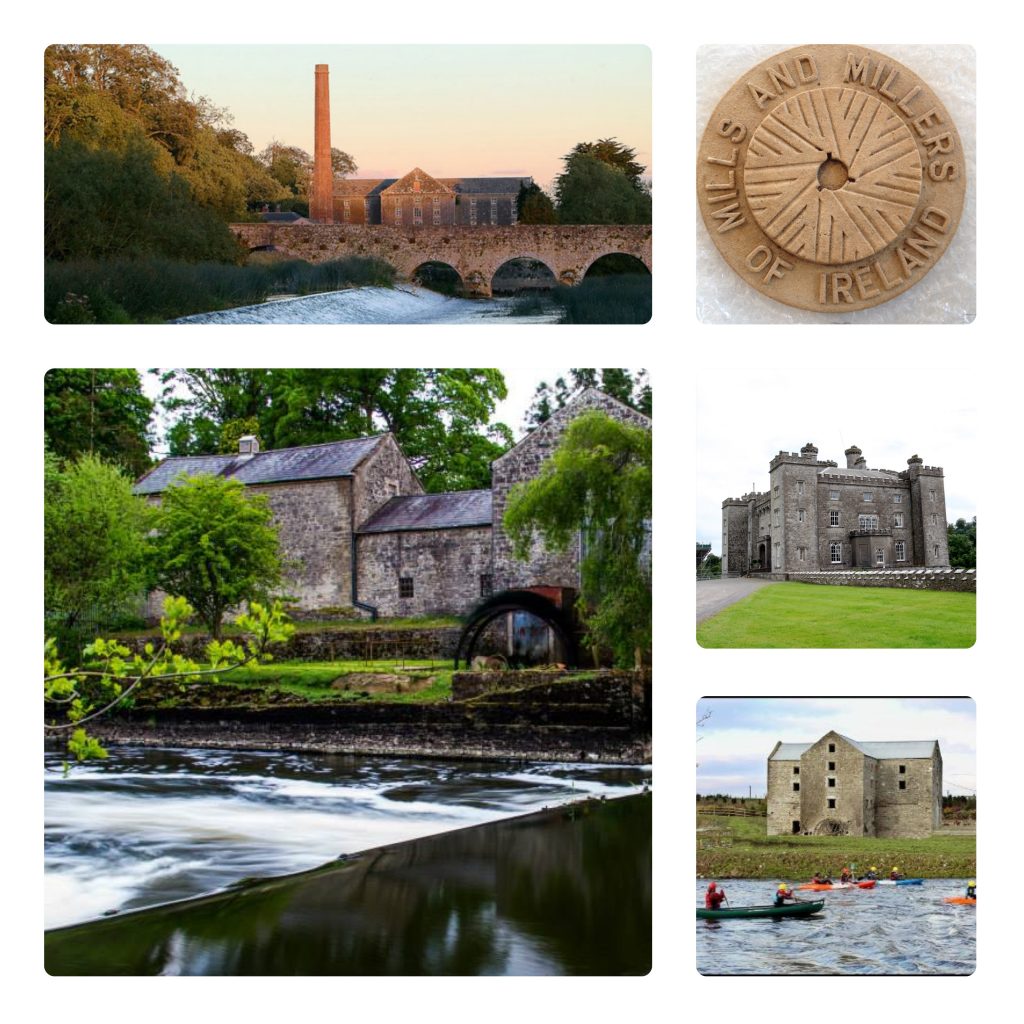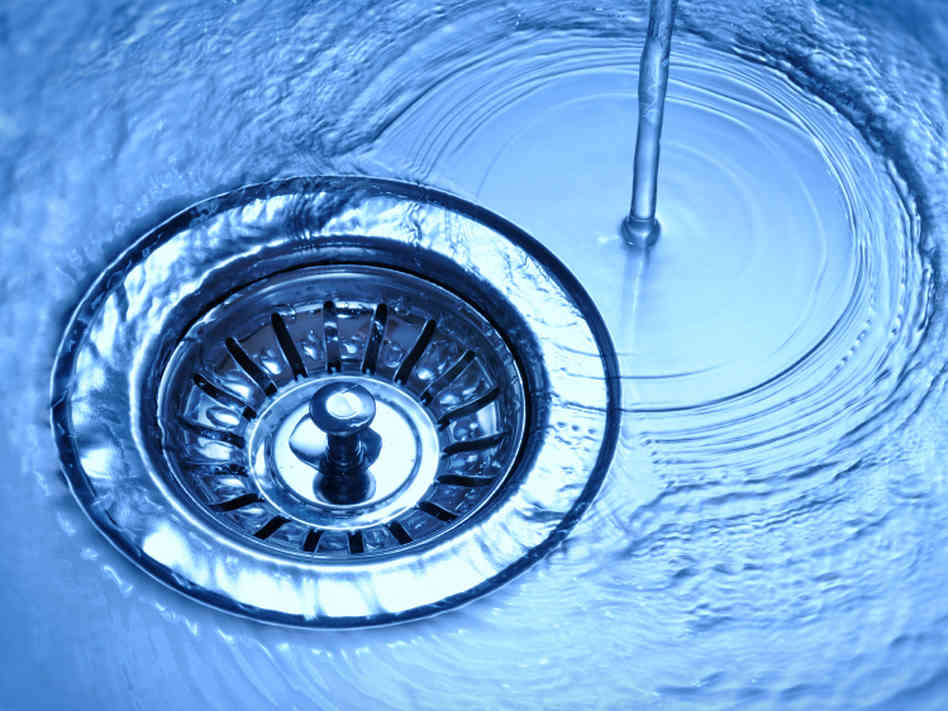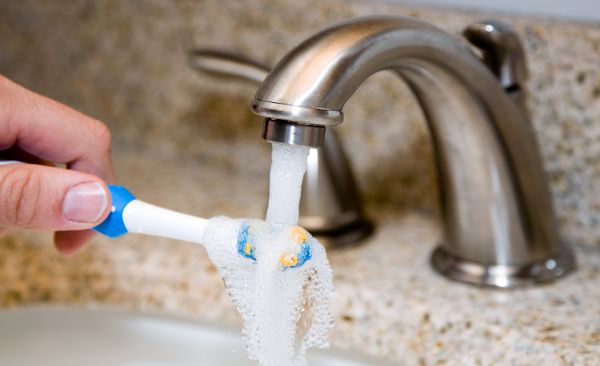Hydropower to light up Cragside House once again!
The commissioning of the Archimedean Screw hydropower turbine at the National Trust owned Cragside House and estate has begun. In the coming weeks it will once again re-light Cragside House and enable Cragside to re-tell the story for which it is famous.
“Cragside was the first house in the world to be lit by hydroelectricity”
Cragside was built on the side of a rocky hill in 1863 as a modest two storey country lodge, but was subsequently extended transforming it into an elaborate mansion known as the “palace of the modern magician”. Lord William Armstrong was an ingenious man who was fascinated by renewable forms of energy and used his engineering genius to harness the energy of water to generate electricity.
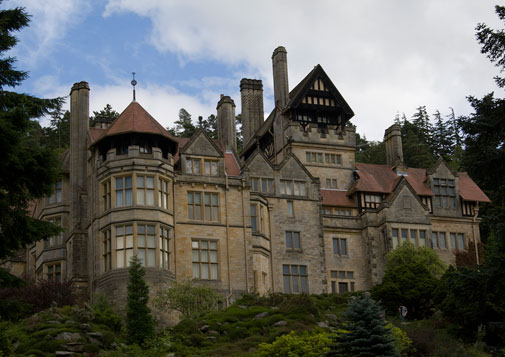
First, in 1878, it was used to power arc lamps and then in 1880 to use Joseph Swan’s newly invented incandescent light bulbs to light the house. There was also a lift installed which was water powered! It is crammed full of ingenious gadgets – most of them still working. Cragside is well known as the first house in the world to be lit by hydroelectricity.

On the 9th April, a century and a half after the first hydropower installation at Cragside House a new hydropower turbine arrived onsite. A 21st century, 17m long Archimedean Screw rated at 12kW and weighing several tonnes was craned into position at the southern end of Tumbleton lake and once commissioned will produce enough energy to re-light the house just like Lord Armstrong did.
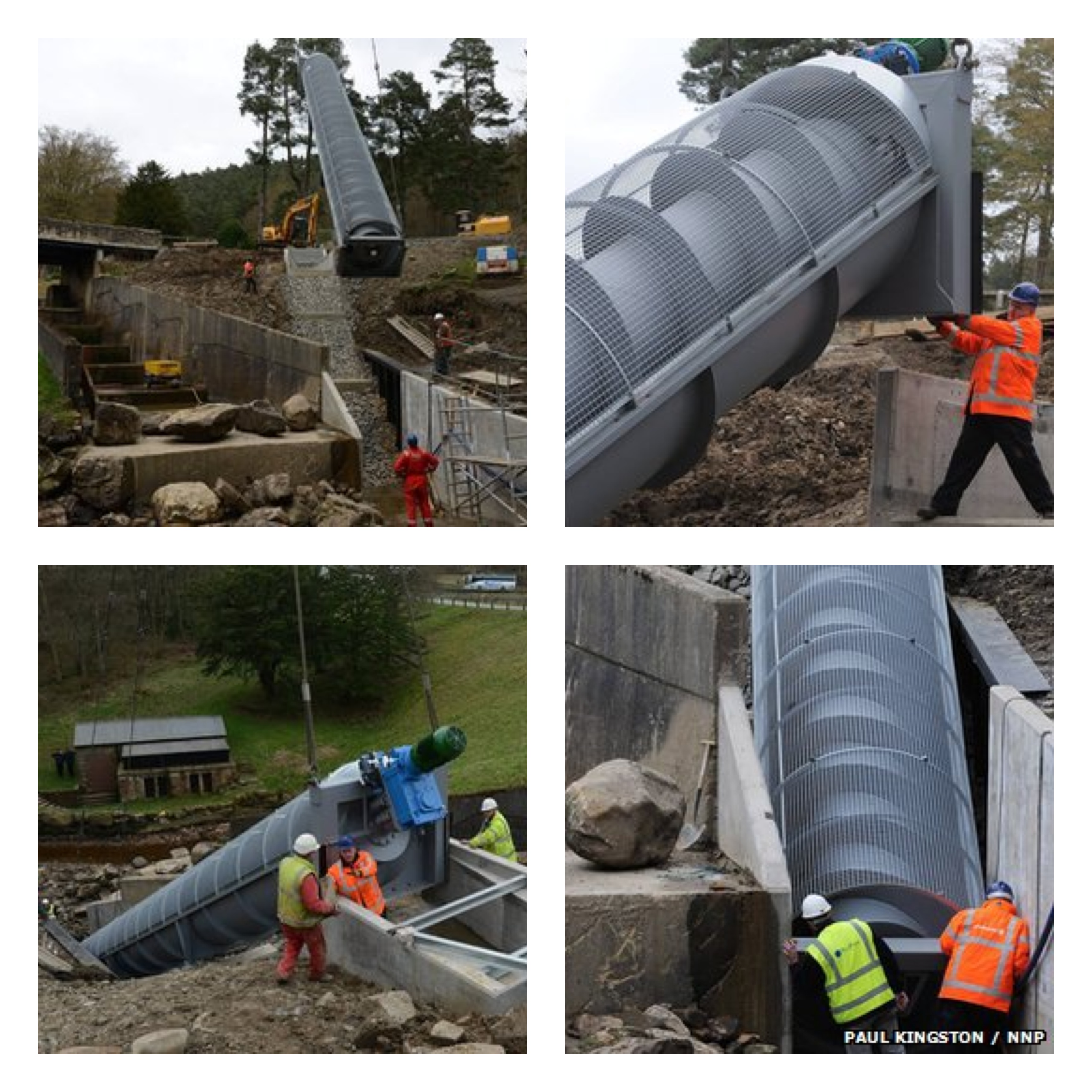
The turbine designed and supplied by Mannpower Consulting Ltd., and manufactured by Landustrie will turn water from Tumbleton lake, the lowest of the five lakes on the Cragside estate, at an angle that allows water to pass between the lake and the burn below. As water passes through the spiral blades it causes the screw to turn, thereby harnessing the energy of falling water. The energy is then converted into electricity using a generator. The technology is well proven with over 100 installations in Europe and was chosen by the National Trust for its many advantageous features.
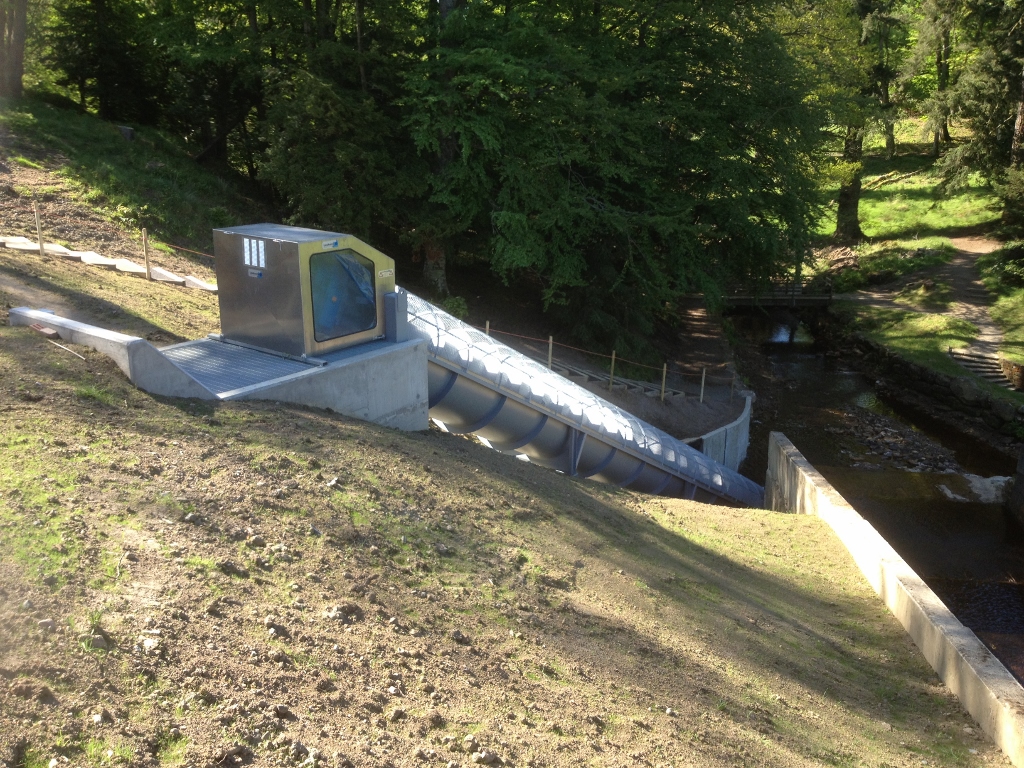
In comparison with most turbines the Archimedean hydropower screw makes use of an open construction and a low rotational speed. This results in a natural flow and there is no pressure build up in the entire installation. Furthermore extensive testing shows that due to the size of water chambers and the fact that there is no pressure difference fish will pass through unharmed. The Landy hydropower screw makes use of a specially designed inlet and outlet that make the screw absolutely fish friendly. The water outlet is designed in such a way for the water (and fish) to smoothly exit the screw without splashing. This also reduces the noise that water creates.
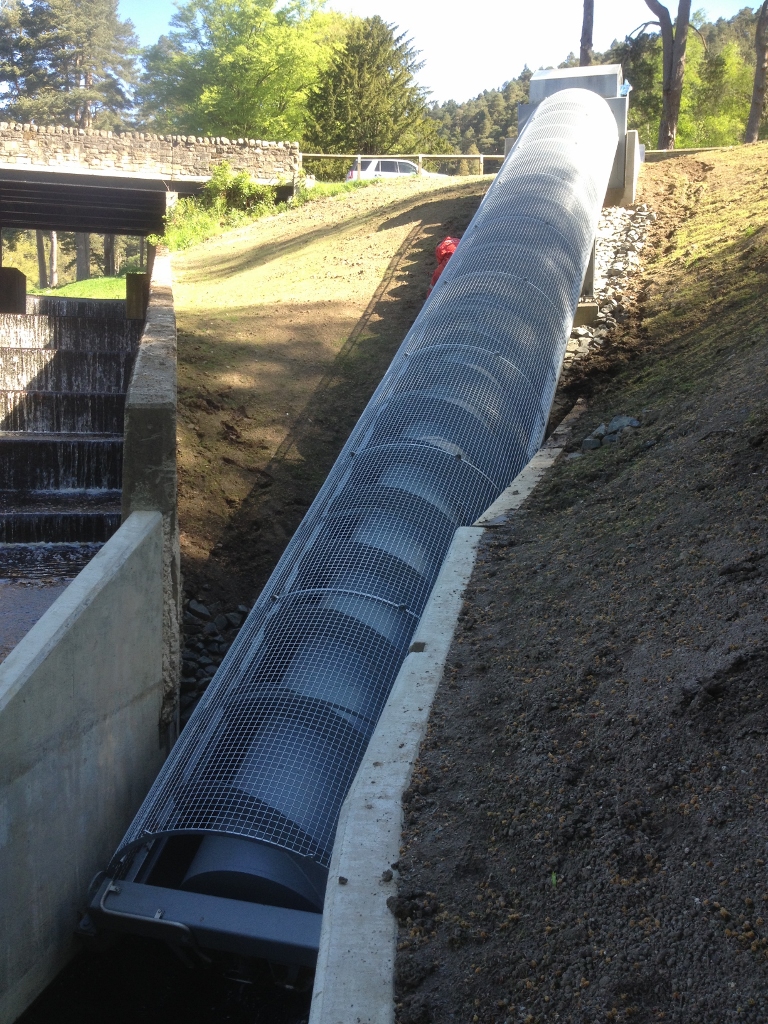
Andrew Sawyer, conservation officer at Cragside commented: “It will be a very visual demonstration of the way hydro power works, an almost sculptural sight in the landscape. Lord Armstrong was an exceptional man with an ingenious mind and the prospect of bringing his vision for Cragside into the 21st century is a dream come true. Hydroelectricity is the world’s most widely used form of renewable energy, so we are looking forward to sharing this very special part of its heritage.”

The area around the screw will be landscaped to leave the screw prominent within its setting with the hope that this will add to people’s understanding of why Cragside is so special . Once the lake has refilled, the screw will be put into operation to generate electricity to re- light Cragside House. Visitors will be able to view the technology from the lake side.
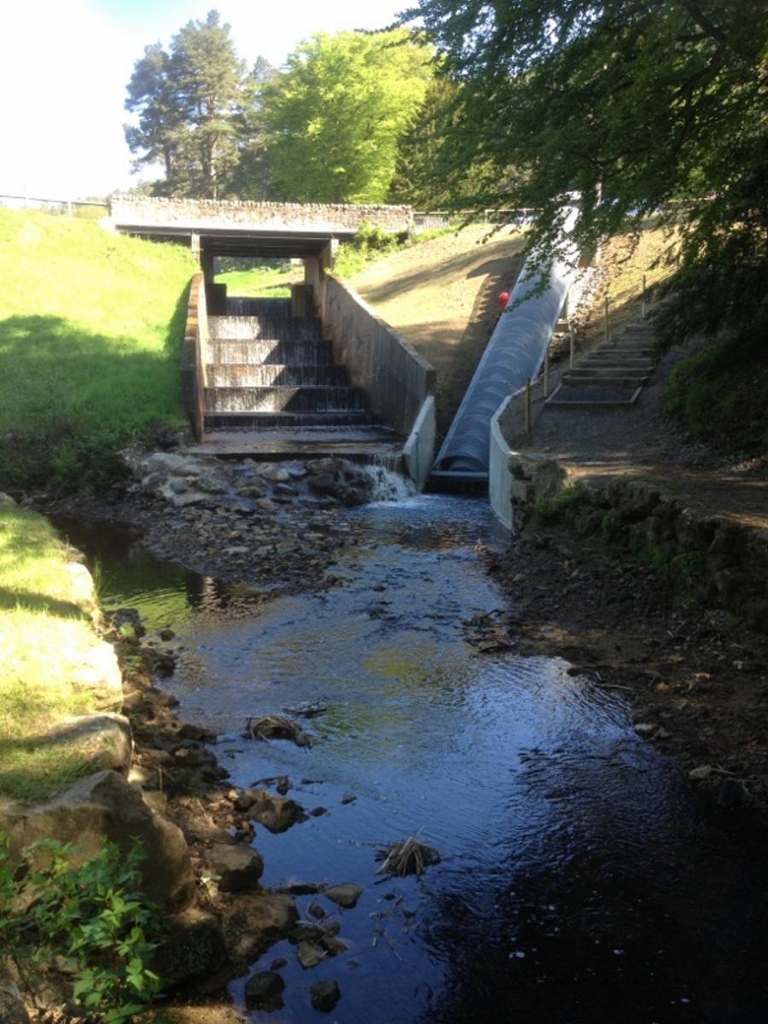
The house and estate became the property of the National Trust in 1977 and was opened to the public for the first time in 1979. The National Trust are very proud of their statement “Cragside was the first house in the world to be lit by hydroelectricity” which will soon become “Cragside was the first house in the world to be lit by hydroelectricity—and it still is”
Official opening:
On the 29th July actor Robson Green turned on the screw at the National Trust property and launched the hydropower project. It was a proud day for Dave Mann of Mannpower Consulting Ltd., to see yet another one of his hydropower projects being switched on to generate clean green energy.
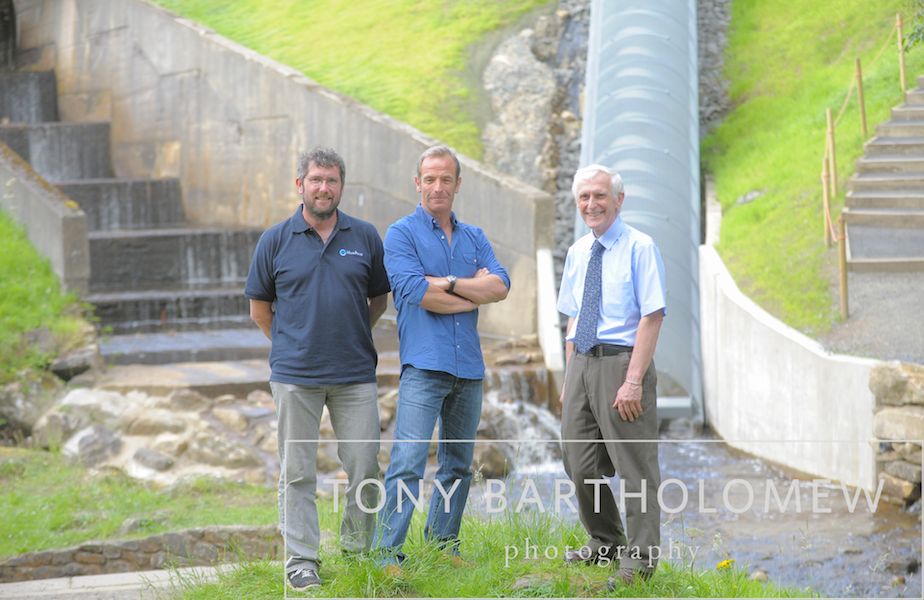
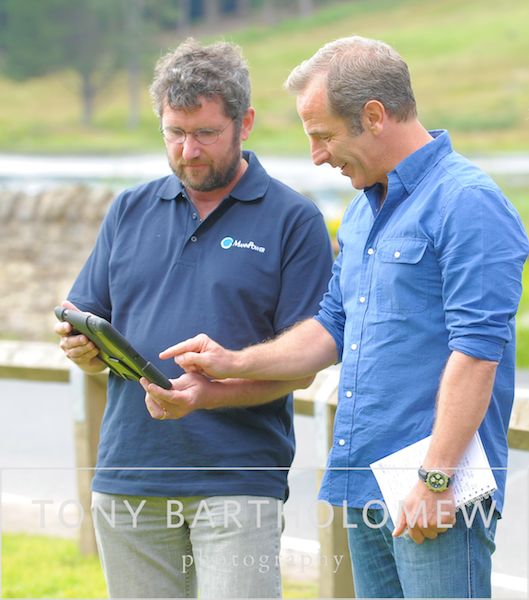
Sarah Pemberton, Head of Conservation for Yorkshire and the North East at the National Trust explains: “The hydro-turbine is a great example of the innovative methods we are using to achieve the highest possible standards of sustainability.
“The technology is easy to maintain due to the simple mechanics, and because it works at low speed, it’s possible for fish to pass through the turbine unharmed. The best thing about the screw is that it’s visible and we hope this will add to people’s understanding of why Cragside is so special. Visitors will be able to view the technology from the lake side.”
Patrick Begg, Rural Enterprises Director at the National Trust, said: “To install a scheme that reflects the character of one of our places so directly is unique. It not only makes economic sense but adds so much depth to the story this special house has to tell.
We design, install and commission hydropower schemes in both Ireland and the UK.


